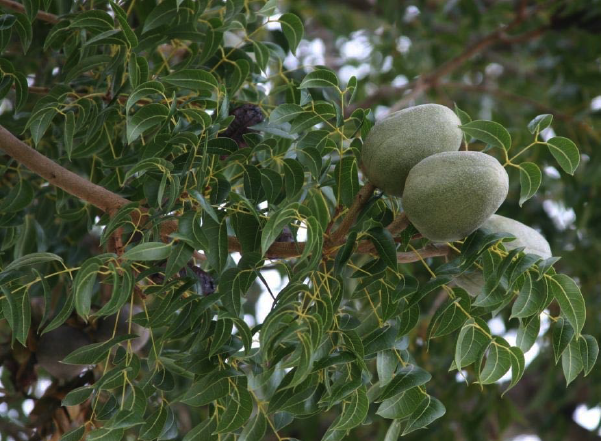Florida Mahogany Project

Project Mission
Preserve the genetics of native Florida Mahogany trees adapted to the conditions on the Southwest Gulf Coast of Florida. Initial focus is the Sarasota Bay Watershed.
Contribution to the Future
John Hoover began his legacy project in 2017 to preserve and restore the natutral beauty of Florida. The Florida Mahogany Project has planted more than 100 trees since 2018.
“Growing and planting trees is something one man can do to restore and preserve the natural beauty and bounty of Florida.”
Why Mahogany Trees?
West Indian Mahogany is a tree that is native to Florida. It’s fast growing, provides excellent shade and is salt tolerant.
Mahogany evolved to push through canopy. It will grow up through the canopy to sunlight then spread. It has no trouble competing with invasive species of flora.
Mahogany is under legal protection in Florida. It is on the state’s Endangered and Threatened List. The mahogany tree (Swietenia mahagoni) belongs in the family Meliaceae and is native to southern Florida. It is hardy in U.S. planting zones 10 & 11.
This attractive, tropical tree is popular in landscapes throughout South Florida and is suitable as a large shade tree or a screen. Trees grow up to 50 feet high with the same spread and a symmetrical canopy. Inconspicuous green blooms form in spring followed by large, oblong seedpods holding a multitude of small, wing-like seeds.
Mahogany was largely logged off during the colonial period. Bernard Romans in his 1775 book A Concise Natural History of East and West Florida stated, “Having mentioned the cutting of mahogany it may be proper to observe that little or none now remains here.”

John Hoover with mahogany trees to be planted at Ken Thompson Park.

Mahogany planted amidst invasive Australian Pines.

Above: The crown of a mature Mahogany tree. Top right: Group of seed capsules. Bottom right: Capsule opens from the base upwards.


Paradise Paved — Founder Statement
John Hoover grew up near Orlando before citrus and cattle lost out to theme parks. “I’ve witnessed the paving of paradise throughout my lifetime; watched the real Florida get bulldozed under the rubric of highest and best use.”
While In high school he wrote his first letter to the editor regarding an ill-advised flood control project. And in college in the early 1970s, was the ecology writer for an underground newspaper.
When Hoover moved to Sarasota in 2005 his passion took root here.
“Florida’s environment has been a passion of mine since childhood.”
“I’ve engaged in battle with the despoilers of Florida my entire life” Hoover reminisced.
Migration / Assisted Migration
As Florida’s climate continues to warm there is a slow migration of the native mahogany found in south Florida as it begins to thrive on the SW Gulfcoast as far north as the Sarasota Bay Watershed. Though its native distribution was mostly agricultural zone 10A mahogany is thriving in the coastal areas of zone 10B.
Initial focus is the Sarasota Bay watershed
- Seeds collected from trees in:
- Sapphire Shores
- Fred Astaire Studios
- Paradise Plaza
- Bayfront Park
- Bayfront Drive
- Newtown
- Mahogany trees planted
- Ken Thompson Park to replace Australian Pines
- City of Venice Arboretum
- Spoil islands in Sarasota Bay
- Private homes
Click to download a PDF to learn more about the Meliaceae Tree family.

Three year old Mahogany tree planted in Hoover’s back yard.

Three year old Mahogany tree planted in Hoover’s front yard.
